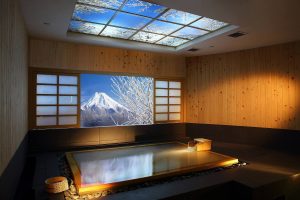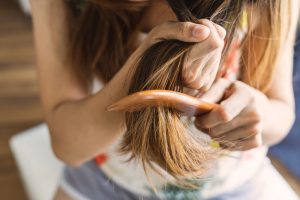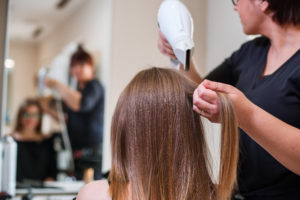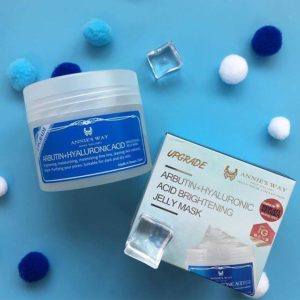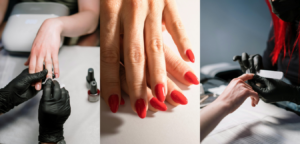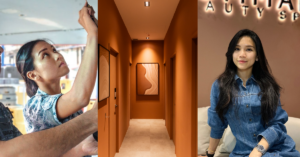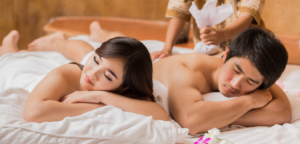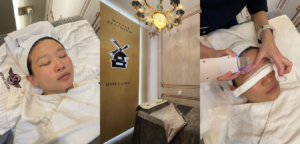Beauty Treatments
LED Therapy Treatments: Can They Really Fight Acne and Ageing?
An LED light therapy session sounds like a scene straight out of Star Trek. You lie down on a bed,...
By: Dedet Panabi / February 24, 2020

An LED light therapy session sounds like a scene straight out of Star Trek. You lie down on a bed, under panels that emit bright coloured lights. It’s completely painless. No injections, burning sensation from chemicals or lasers, no massages. In fact, LED therapy sessions may make you wondering, “Is anything happening at all? Did I just spend a lot of money to look at high-tech Christmas lights?”
That’s actually a question a lot of people ask, now that LED light therapy Singapore has gotten a bit more trendy and accessible. Can something as non-invasive as sitting under waves of light actually help our skin? Here’s what you need to know about LED light therapy, and whether it’s worth paying for a Singapore LED therapy session or a DIY LED skin gadget.
Contents
What is LED therapy?
LED (or light emitting diode) therapy exposes your skin to different light wavelengths. It’s actually based on NASA technology, and was first used to help treat the wounds of astronauts.
“When astronauts go out into space, their cells stop multiplying because there’s no gravity, there’s no sunlight, no oxygen, so if they got a cut or a bruise, it wouldn’t heal. So what they needed to do was create something that would help their cell regeneration, so if there was an issue, their body could heal,” explains aesthetician Angelina Umansky.
Once the scientists figured out how to use LED light to heal astronauts, it was just a matter of time before the aesthetics industry used the technology for clinical treatments. Now, there are handheld LED devices that you can use at home – but of course, they’ll never be as powerful as those large panels in aesthetic machines or specialty spas.
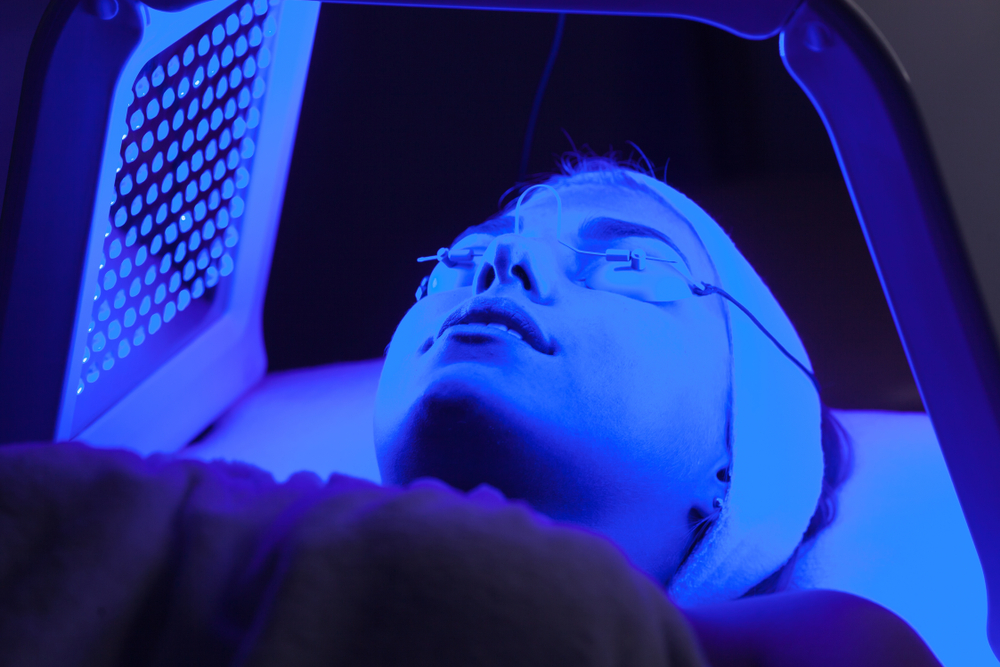
How does LED therapy work?
The wavelengths create energy that can address specific skin concerns. Each frequency creates a particular colour – which is why you hear of infrared light therapy or blue light therapy. Depending on the frequency (or the combination of them), the LED sessions can:
- accelerate tissue repair
- rejuvenate damaged cells
- stimulate collagen and elastin
- reboot circulation
- kill acne-causing bacteria
- control oil production
- balance skin PH levels
What skin concerns can LED therapy address?
The most common LED treatments in Singapore are used for anti-ageing and acne. However, it can also be used as part of a holistic treatment for more serious skin issues like rosacea and psoriasis. Aside from LED facials, some spas and clinics also use LED to treat cellulite — but bear in mind that it’s not as effective as other treatments that can break down the fat cells).
Here are the different “colours” or frequencies and how they’re used to treat different skin concerns:
Red / Near Infra-Red Light Therapy
These shorter wavelengths treat the outer skin layer and help stimulate collagen production and boost circulation. Over time, it can help make your skin glow, and make your skin look smoother.
Blue Light Therapy
Blue light can go deeper into the skin, and is often used for acne. It makes your oil glands less active and kills bacteria. Combined with other acne treatments, it can help reduce the severity of your breakouts.
Green Light Therapy
While this isn’t as common (and doesn’t have a lot of clinical evidence yet) it seems to be effective for healing wounds. It can be used to calm the skin after very aggressive skin treatments.
Yellow Light Therapy
Some clinics can offer yellow LED therapy to support laser treatments and slow ageing caused by sun exposure.
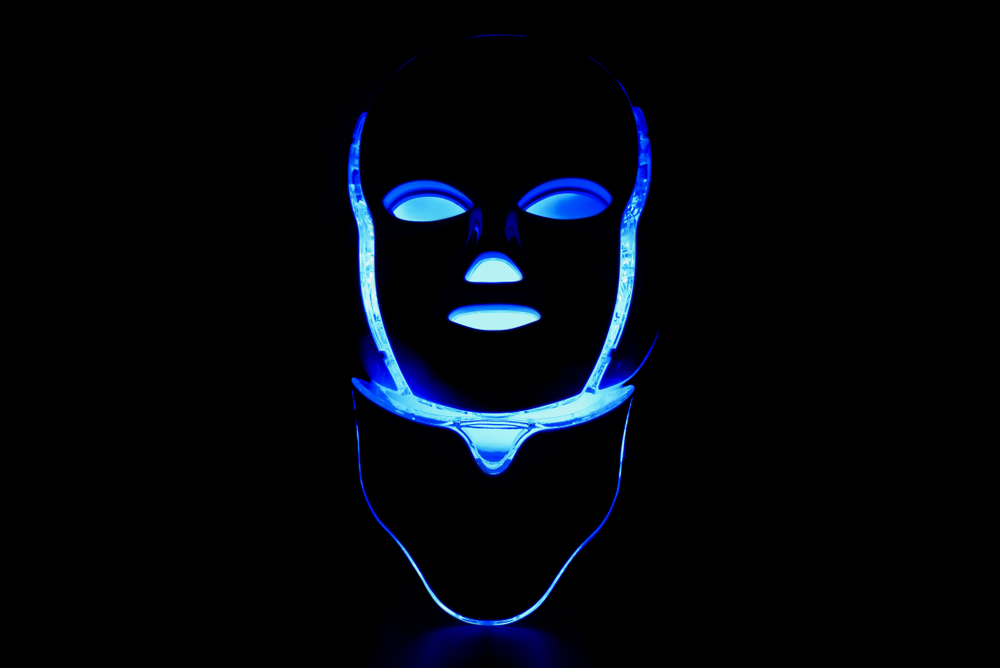
Is LED therapy safe?
According to Harvard Health, the FDA has approved LED therapy and even the handheld gadgets as safe for general use. The light energy is too low to burn your skin, but it may irritate sensitive eyes. Also remember that it’s such a new technology, that no one knows the long-term effects of regular LED exposure.
And, unlike radiofrequency or lasers – which have a lot of clinical evidence that they actually work – you’re not quite sure how effective your LED sessions will be. Harvard also warns consumers that there’s a lot of variability in LED machines and gadgets. “The FDA reviews devices for safety, not efficacy, so quality may not be consistent.”
When should I avoid LED therapy?
LED therapy doesn’t contain UV rays, but it is still a form of light. If your skin is particularly light sensitive (either from using products with tretinoin, or because of sunburn) then you may want to stay away from this one. Or, go to an aesthetic clinic or a dermatologist, who can assess your skin condition and give sound medical advice.
How can I use LED treatments to treat acne and ageing?
Many doctors combine LED with other treatments like facials, microneedling, radiofrequency or laser treatments, and topical skincare regimens. Since it gently stimulates the skin, it can help you see results faster without stressing it out with too many sessions.
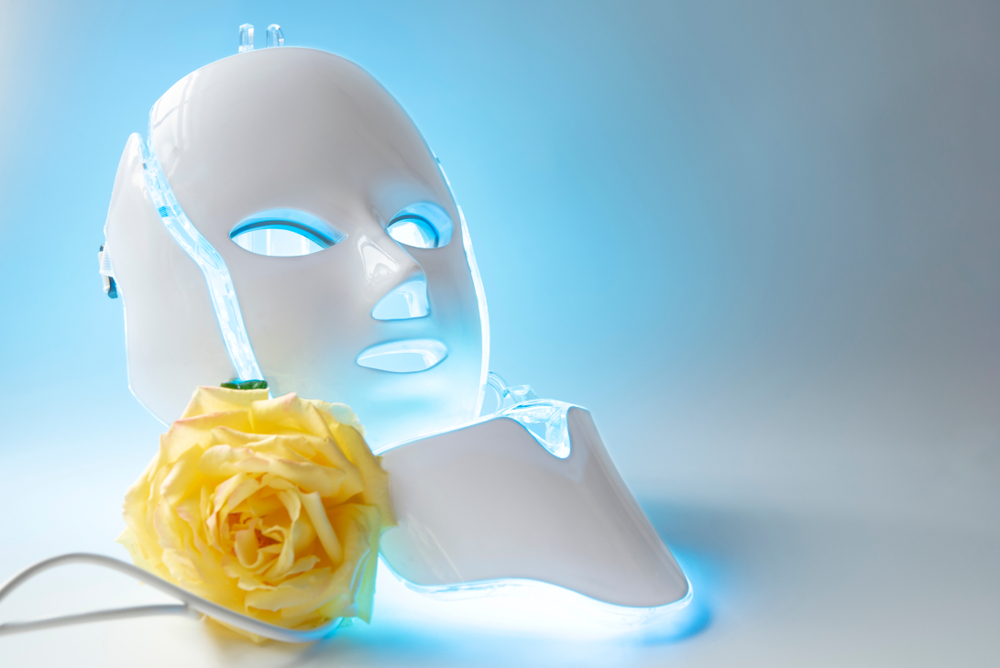
However, it’s rare to get dramatic results with just LED. For example, mild acne can be treated with LED. However, it can’t resolve severe acne – which is often triggered by hormones, worsened by large pores, and causes deep scars.
In the same way, LED can be used to prevent ageing and your first few fine lines, but it can’t tone or lift the skin like fillers or retinol treatments.
How many sessions do I need?
Since it’s a gentle treatment, you will need several sessions to see results. A typical acne treatment may include weekly 20-minute sessions until you achieve your desired result, and then maintenance treatments every 3 weeks.
If you just want to revitalize your complexion, monthly sessions may be enough. Apparently, that’s how celebrities Kate Moss and Sienna Miller get their fresh-faced glow.
Should I get LED at a clinic, or do it at home?
Clinics and spas use more powerful machines, but you can use hand-held LED gadgets to maintain your skin. Just like facial brushes or facial massagers, they’re easy ways to treat yourself to a beauty session without having to leave your home.


